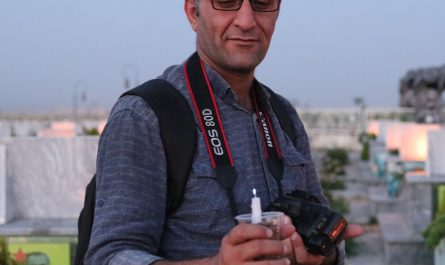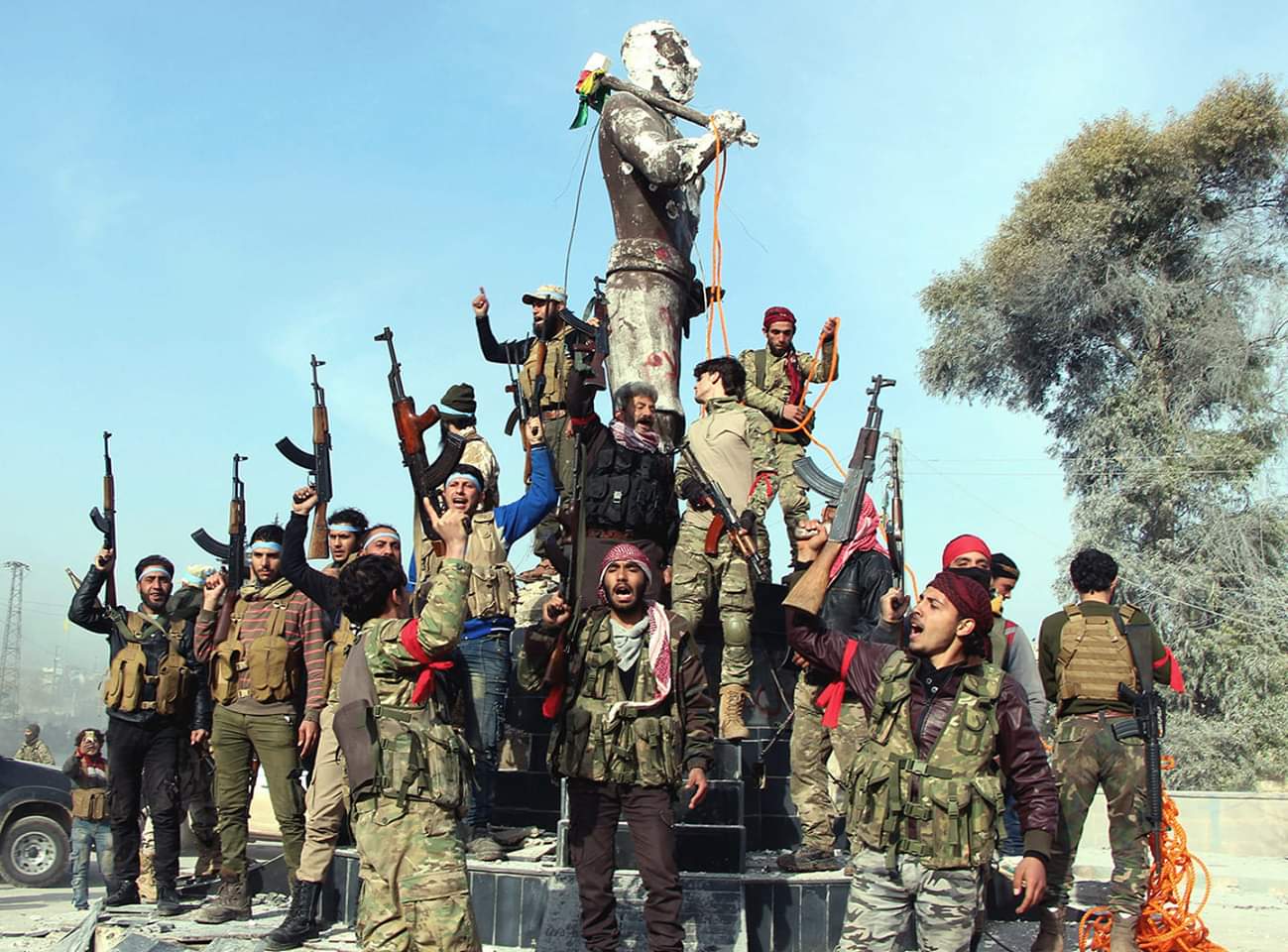Things are clearly hotting up in Northern Syria. President Erdoğan has publicly stated that the preparations for a Turkish invasion of the area east of the Euphrates, the region called Rojava by the Kurds, are now complete and that the invasion itself is imminent.
While preparations for a military invasion have been going on for months, the president now almost feels strong enough to give the order.
That strength is the result of Erdoğan’s masterful – if completely opportunist – use of the murder of the Saudi journalist Jamal Kashoggi. By using the Turkish security tapes of what happened in the consulate to create a constant flow of revelations that implicate America’s most important ally in the Muslim Middle East, Crown Prince Mohammad bin Salman, he put the American-Saudi relationship under severe strain.
At the same time, by holding back publicly on the information that would really constitute a “smoking gun”, he has managed to blackmail the Americans into making important concessions to Turkey. After all, they know (from the files handed over by the Turkish government to the CIA) that he knows, and probably can prove, that MBS ordered the murder, and they are ready to pay a high price in order to forestall the publication of the evidence of the involvement of the Saudi crown prince and keep in power their most important ally against Iran.
The price now seems to be clear: the US will investigate the possibilities to extradite Fethullah Gülen, and it will withdraw its troops from the Kurdish-held areas in Syria, opening the way for a Turkish invasion.
So: in all likelihood the Turkish tanks will start rolling again in the next weeks and months, as they have done before to the west of the Euphrates and in Afrin (operations “Euphrates Shield” and “Olive Branch”).
This time the battle will be harder, but it is unlikely that the Kurdish YPG will be able to defeat a Turkish offensive. Hence, Turkey will quite probably (if the Russians allow) militarily occupy an area from Hatay in the West to the province of Mosul in the East and establish an armistice line on the Euphrates. That will fulfil at least part of the dreams of the nationalists about a revival of the “borders” of the National Pact (Misak-ı Milli) of February 1920. Those borders have been on the agenda before in recent years.
Turkey’s neighbours were alarmed in October 2016, when President Erdoğan suddenly started talking borders that were not the current borders of Turkey, but those of the National Pact.
Pro-government newspapers reacted by publishing maps that showed all of northern Syria up to the Euphrates, the province of Mosul in Iraq as well as the Greek islands near the Turkish coast and Western Thrace as areas demanded by the Turkish national movement in its original manifesto of February 1920 .
According to Erdogan, these lands were a “Turkish geography” that had been “betrayed” by the Kemalist delegation at the Peace Conference of Lausanne in 1923. The implication seemed to be that Turkey was now, in the 21st century, once more an irredentist country – something it had not been since the campaign for the inclusion of Hatay in 1937-39.View image on Twitter
There may still be an irredentist agenda, but Erdoğan’s argument rests on a double misunderstanding. Firstly the map he referred to was a visualisation of the words of the National Pact but that pact was a set of aims and demands, a programme, never a depiction of any kind of reality on the ground.
That the Kemalists should not have achieved the maximum demands with which they went to Lausanne should not come as a surprise. It was a peace negotiation, after all. Secondly, this and similar maps depict the armistice line of 30 October 1918 as Turkey’s southern border. That, however, is based on the idea that the text of the National Pact calls for indivisibility and independence within the armistice lines (”hatt-ı mütareke dahilinde”).
That is indeed a version that has become widespread in Turkey since the appearance of the official Tarih Vol. IV in 1931. But as long ago as 1976 Turkish political historian Mete Tunçay has shown conclusively in an article in Birikim that that reading is false; that the original text in fact reads “hatt-ı mütareke dahil ve haricinde” (inside and outside the armistice lines).
The online publication of the handwritten original of the text (which lies in the ATASE archives of the General Staff in Ankara) has recently confirmed that Tunçay was right.
The writers of the national pact demand independence for all Ottoman Muslims on both sides of the line; in all of the former Ottoman lands.
The only difference is that for some areas (the Arab-majority areas, Batumi, Western Thrace) they demand that the local people in these areas that were now under foreign occupation should freely determine their own future. In other words: they did not imagine the armistice line to be a future border. They demanded the same right to self-determination for all, but went about it differently for occupied and non-occupied areas.
So, the “National Pact flags” brandished by Erdoğan and others are an inaccurate depiction of the words of the national pact of 1920, which was anyway never a reality on the ground, but a set of demands.
Nevertheless, we can be convinced that, once the tanks start rolling, we will see a lot of them and there will be strong demands from Turkish nationalists to permanently incorporate these areas into Turkey “where they belong.”
Erik Jan Zürcher


